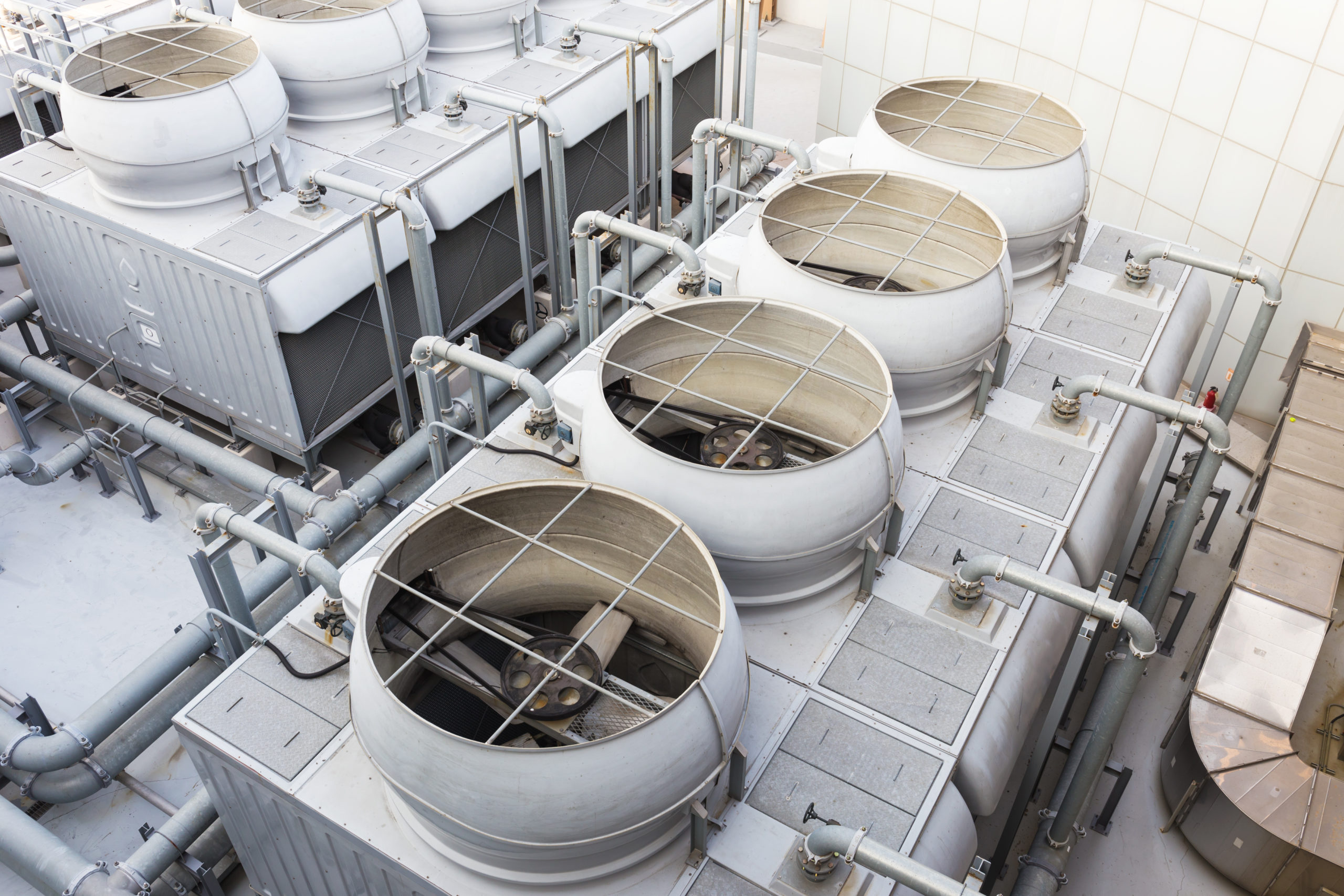It’s the middle of summer in New York City, and the hum of air conditioners is a familiar soundtrack. But in central Harlem, that sound comes with a warning. As of August 5, at least 58 people have contracted Legionnaires’ disease — and two have died — in an outbreak believed to be tied to a contaminated cooling tower.
Again.
The city’s health department is testing towers in the area encompassing the zip codes 10027, 10030, 10035, 10037, and 10039, and bordering communities. So far, 11 cooling towers have tested positive for Legionella pneumophila. The city’s health department is urging anyone who lives or works nearby to monitor for symptoms: a cough that doesn’t go away, a fever that lingers, shortness of breath, chills, body aches. Legionnaires’ is often mistaken for the flu or a bad case of pneumonia, but unlike the common cold, it can kill — especially those over 50, people with chronic lung conditions, smokers, or anyone with a weakened immune system.
Every time this happens — and it does happen, often in summer — it feels like a déjà vu moment. Why does this keep happening, and what has New York done to stop it?
In 2015, following a deadly outbreak in the South Bronx that killed 12 and hospitalized more than 120, New York became the first city in the nation to pass comprehensive legislation targeting cooling towers, the very structures now implicated in the Harlem cluster. That law requires building owners to register their towers with the city, conduct quarterly inspections, and follow strict disinfection and maintenance protocols. Violations can lead to fines — and in rare cases, criminal charges.
The legislation was a major step forward. It recognized what public health experts had been saying for years: that cooling towers, if neglected, can become lethal aerosol machines, spreading Legionella bacteria through the air. But like many public health policies, its effectiveness comes down to enforcement — and resources.
Since the 2015 law went into effect, the city has issued thousands of violations. Still, outbreaks continue. Cooling towers are only one source of Legionnaires’ — others include hot tubs, fountains, and plumbing systems — but they remain the most frequent trigger for outbreaks in urban settings.
And every summer, as temperatures rise and water systems warm, the risk grows.
There’s no vaccine for Legionnaires’ disease. No instant test kit in your home. Just the hope that your building owner followed the rules and that the city’s health inspectors are doing their rounds.
But here’s what is within our control: demanding transparency, better enforcement, and more rigorous public communication. People deserve to know when there’s a potential outbreak in their neighborhood — not weeks later, not buried in press releases.
It’s also time to ask whether the 2015 law goes far enough. Should the state set even stricter standards? Should inspections be more frequent during summer? Should funding be increased for the health department teams charged with monitoring compliance?
Legionnaires’ disease is preventable. That’s what makes each new case so maddening. We’re not talking about a mystery illness with no known cause or cure. We’re talking about bacteria in water, about known sources, known prevention strategies, and in New York’s case, existing laws that could — and should — work better.
In the meantime, residents of Harlem are being told not to panic. It’s safe to drink the water. Safe to shower. Safe to run your AC. Just…be on the lookout. Be vigilant. Be aware of symptoms. And if you feel sick, get checked.
But wouldn’t it be better if people didn’t have to worry at all?

